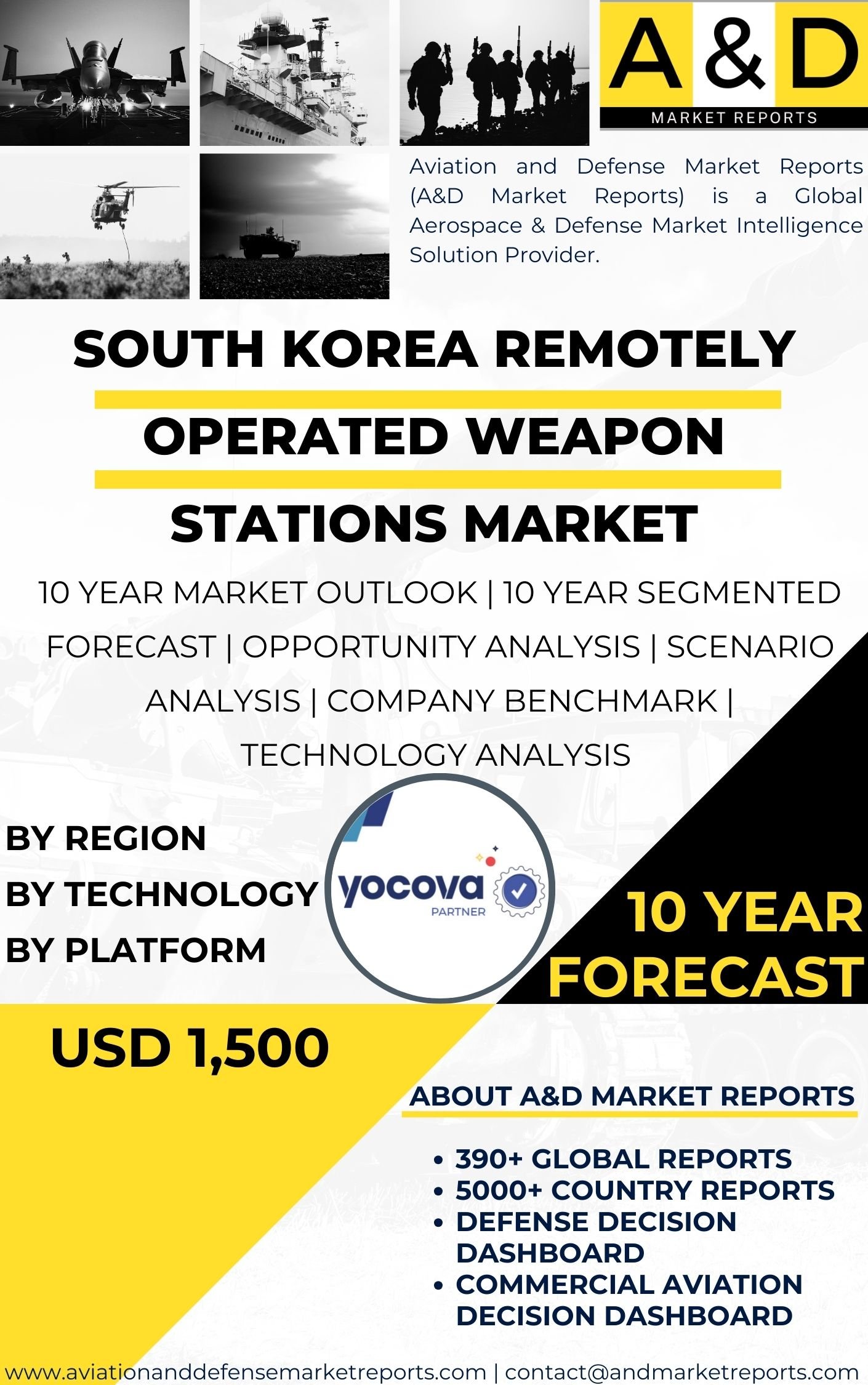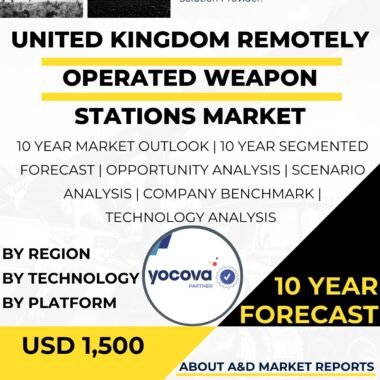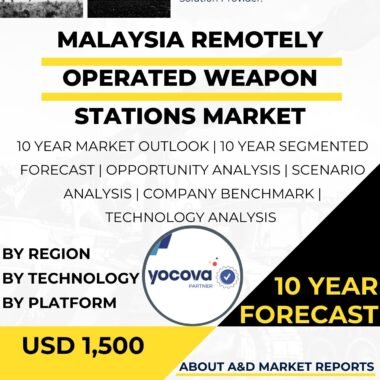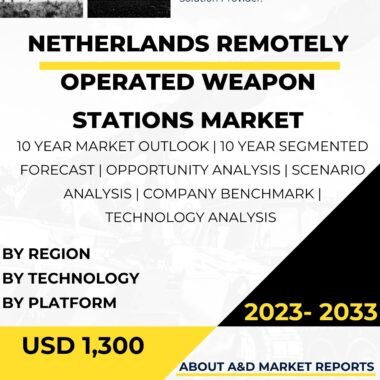Description
The South Korea remotely operated weapon stations (ROWS) market is a vital segment of the country’s defense industry, providing advanced and technologically sophisticated systems that enable precise and effective firepower from a remote location. Remotely operated weapon stations are integral components of modern military platforms, including armored vehicles, naval vessels, and border surveillance systems. South Korea’s focus on indigenous development, strategic partnerships, and technological innovation has positioned it as a major player in the global ROWS market.
Remotely operated weapon stations offer several advantages, including increased safety for operators, enhanced situational awareness, and the ability to engage targets with precision from a protected position. These systems significantly augment the firepower of military assets, providing them with the capability to engage multiple threats swiftly and effectively.
Indigenous development has been a cornerstone of South Korea’s defense strategy, and the ROWS market is no exception. The country’s defense industry, represented by companies such as Hanwha Corporation and Doosan DST, has made significant progress in developing advanced remotely operated weapon stations tailored to meet the specific requirements of the South Korean military.
One of the key indigenous remotely operated weapon stations in South Korea’s inventory is the “K6.” The K6 is a state-of-the-art, fully-stabilized weapon station capable of mounting various weapons, such as machine guns, automatic grenade launchers, and anti-tank guided missiles. The K6 enables operators to engage targets accurately and rapidly while remaining inside a protected armored vehicle or a remote location.
Beyond domestic requirements, South Korea actively seeks strategic partnerships with international defense and technology companies to enhance its remotely operated weapon station capabilities. Collaborations with global manufacturers enable technology transfer, joint research, and the integration of foreign ROWS systems into South Korea’s indigenous platforms. These partnerships contribute to the continuous improvement of South Korea’s ROWS technology and reinforce its position in the global defense market.
Moreover, South Korea’s commitment to innovation and research and development (R&D) has driven advancements in remotely operated weapon station technology. The country invests in R&D programs to improve the performance, precision, and reliability of ROWS. Technological improvements focus on enhancing targeting and fire control systems, reducing latency in communications, and integrating advanced sensors for improved situational awareness.
As part of its broader defense industry, South Korea’s remotely operated weapon stations market extends beyond domestic needs. The country actively exports ROWS and related technologies to other nations, generating revenue and expanding its influence in the global defense market. Successful exports demonstrate the reliability and performance of South Korean-made ROWS solutions, contributing to the growth of its defense industry.
To ensure optimal utilization and proficiency in operating remotely operated weapon stations, South Korea places significant emphasis on training and skill development for its military personnel. Training programs focus on familiarizing operators with the operation, maintenance, and effective utilization of ROWS in various operational scenarios.
Moreover, cybersecurity is a significant consideration in the remotely operated weapon stations market, as these systems often incorporate digital components and may be vulnerable to cyber threats. South Korea invests in robust cybersecurity measures to protect its defense infrastructure and ensure the safety and security of ROWS operations.
In conclusion, the South Korea remotely operated weapon stations market is a critical aspect of the country’s defense capabilities. Indigenous development, strategic partnerships, and innovation have allowed South Korea to create advanced ROWS that meet the specific needs of its military. From providing increased firepower and operator safety to enhancing situational awareness, these remotely operated weapon stations play a vital role in South Korea’s military operations. As the defense industry continues to evolve, South Korea’s dedication to advancing its ROWS technology will remain essential in maintaining its military readiness and bolstering its position as a major player in the global remotely operated weapon stations market.




